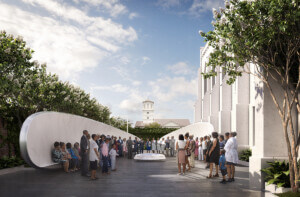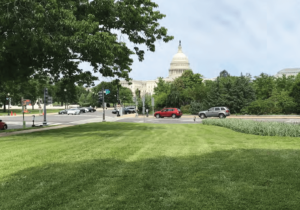Black History Month’s long and storied past is valued each February that allows for scholarship of a marginalized community. Oftentimes it’s through simple acknowledgements like historic preservation, or incorporating moments for Black people to shine like Andra Day’s performance of Lift Every Voice and Sing at Super Bowl LVIII. This year, The Cultural Landscape Foundation (TCLF) released its guide What’s Out There Guide to African American Cultural Landscapes, highlighting and traveling through history in an innovative way.
The guide shows monuments dedicated to historical moments or figures scattered across America. With 140 sites, the guide highlights Black architects that contributed to these sites, as well as places that were a crucial sentiment to both free and enslaved African Americans while providing a brief history behind it. It builds on a larger database called What’s Out There that compiles 2,700 sites.
An interactive map allows the public to view and read about each of the historic sites, which include burial grounds, parks, and schools. TCLF has identified nine “themes” for the guide that relate to historical time periods or uses of the sites. Each of the locations is categorized under the terms of these themes, which are: Enslavement, Impacts of African Cultures on the American Landscape, The Underground Railroad, Reconstruction, The Civil Rights Movement, Education, Public Accommodations, Commemoration and Healing, and Elevating Designers and Shapers.
While all the landmarks appreciate art, design, and the many slaves who built the structures we still have today, below are some staple and interesting locations that are accessible and relevant for those willing to learn more about the Black community.
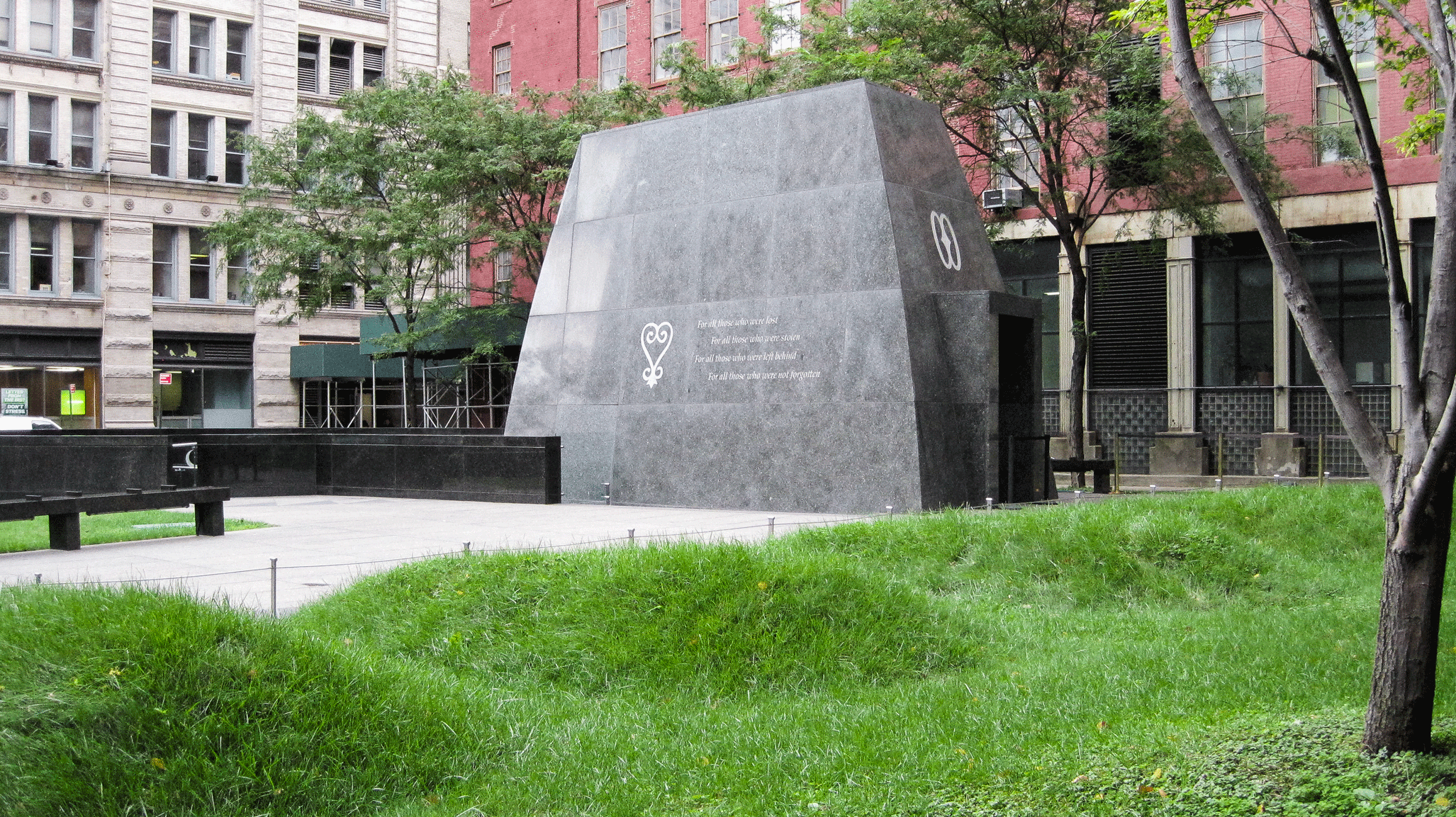
African Burial Ground National Monument | New York
Previous to the actual induction of the monument, this piece of land in New York was the largest and earliest African burial ground in America. Due to an archaeological digging in 1991, remains of over 400 men, women, and children both free and enslaved were found. The mayor at the time, David Dinkins, took initiative to establish the site as a national landmark. In 2007, with the help of Rodney Leon of AARRIS Architects, a memorial was designed to commemorate and teach about the slaves that were displaced from Africa and disproportionately mistreated though the north was placed as a “safe haven.”
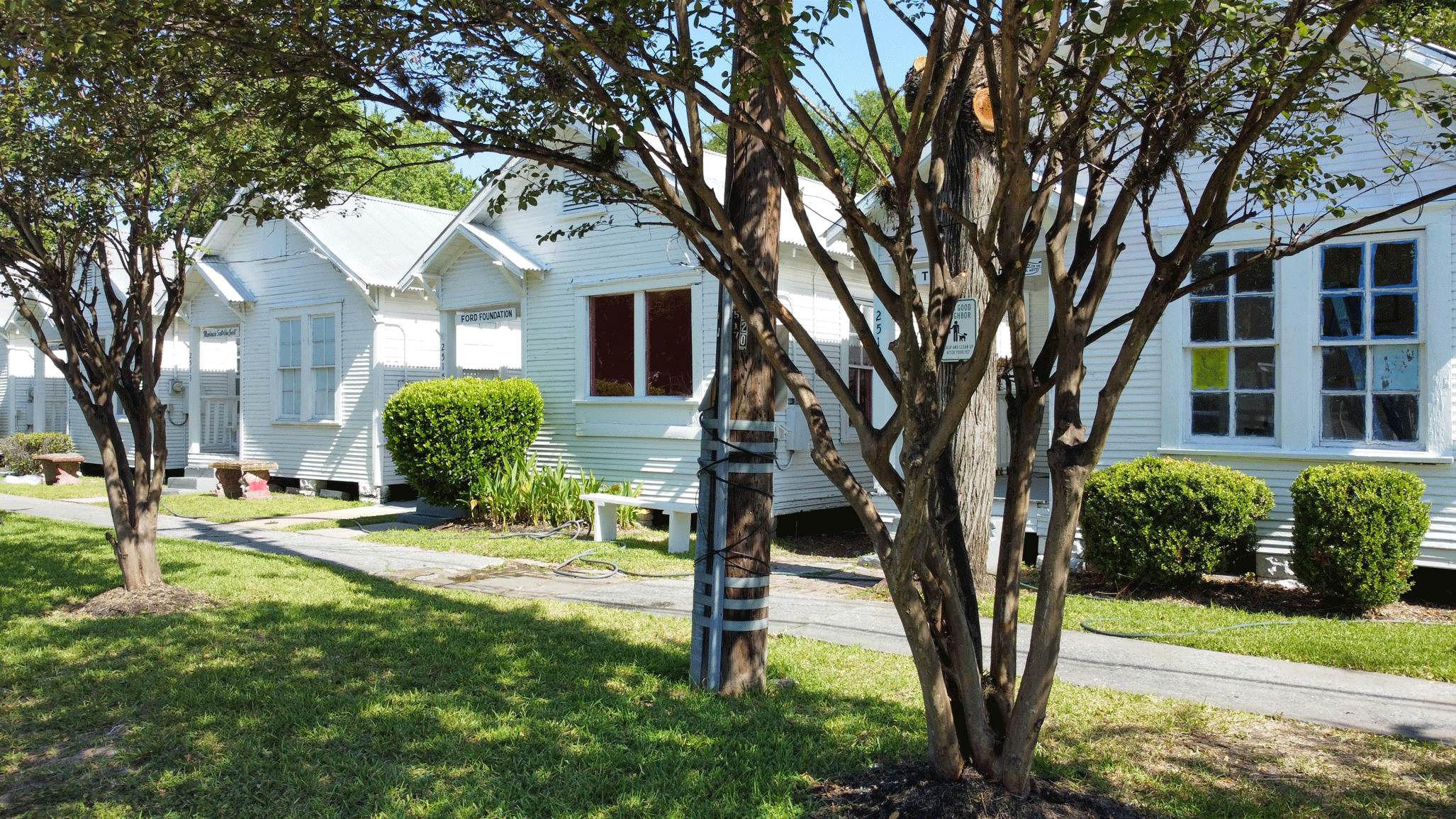
Project Row Houses | Houston
TCLF caters a larger design aspect on this site in Texas. In 1993, seven black artists converted a row of houses into a safe space for art and community to thrive. These houses later became a place for affordable housing and economic development. These row houses feature an extremely important motif to the African American community of Texas that have roots tracing back to Haiti and the Caribbean. Known as a Shotgun House, the design of the house allows for enough land for each property to have, creating freedom, personality and comfort.
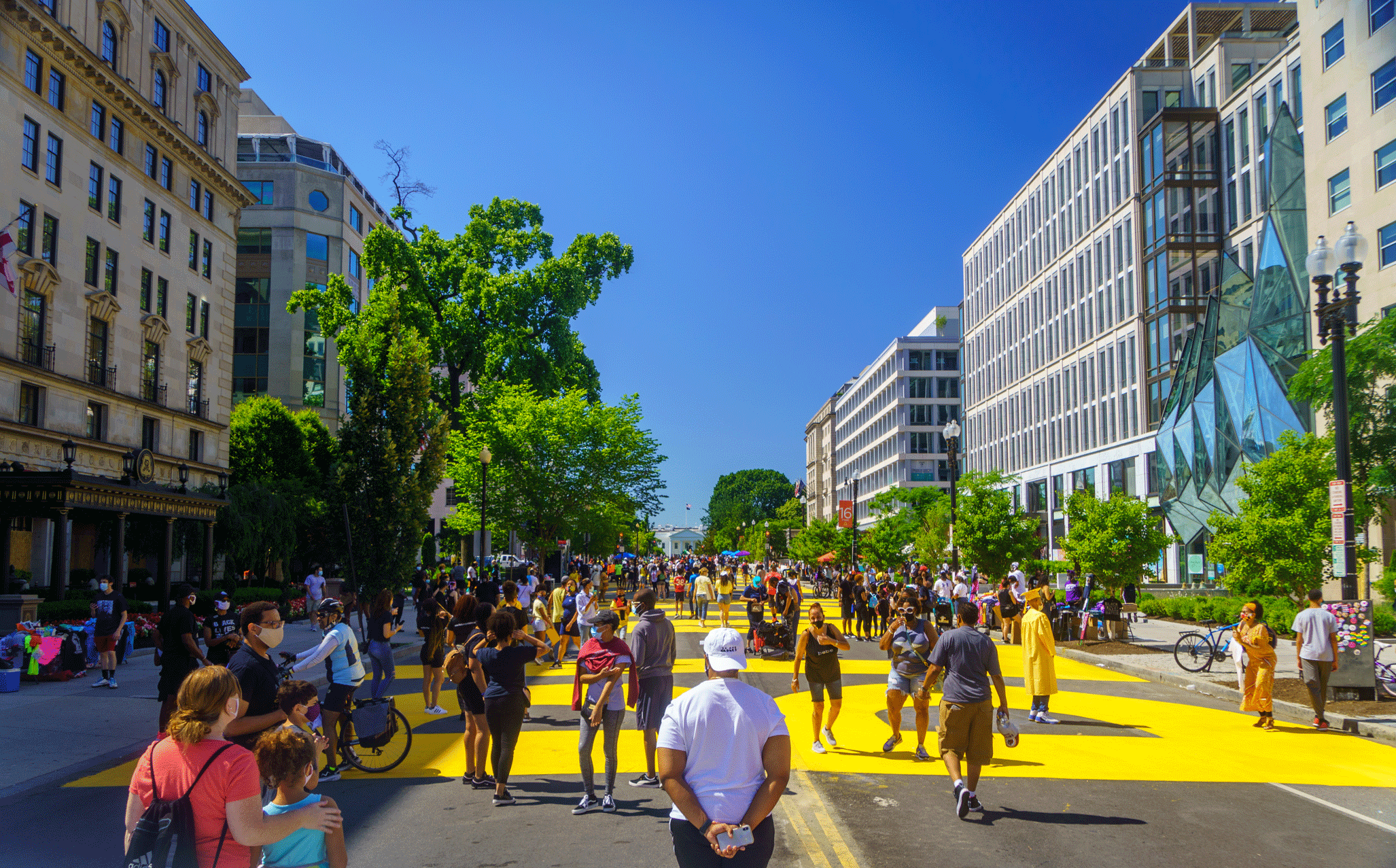
Black Lives Matter Plaza | Washington, D.C.
Accommodated with recent history, the Black Lives Matter Plaza allows for healing during the continuous tumultuous times the U.S. faces. After the 2020 protests following the deaths of George Floyd and Breonna Taylor, civilians were met with tear gas and the same police violence they were speaking against. Four days later Washington, D.C.’s Public Works, Department of Transportation, and local artists teamed up to design a streetscape mural spelling out “Black Lives Matter” in all caps. The plaza was officially commemorated with its name when Mayor Muriel Bowser designated the two-block area officially in 2021.
The Cultural Landscape Foundation is open to having people submit information to their guide on people and places not yet highlighted. It goes along with its mission to show the underprivileged community. “The fragility and invisibility of these landscapes makes them vulnerable to change or even worse, erasure,” stated Charles A. Birnbaum, TCLF’s president and CEO. Black History Month is a chance to advance perspective on America’s saddening truth, TCLF’s guide is a step forward that allows a grasp of history and context.









